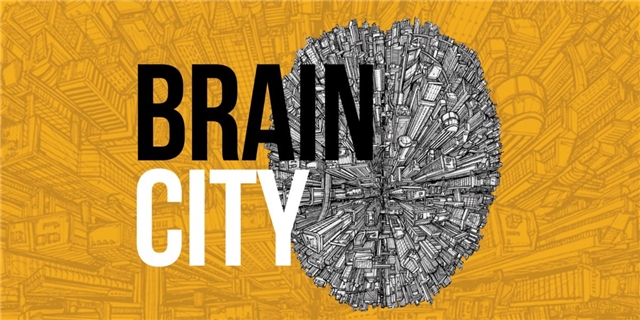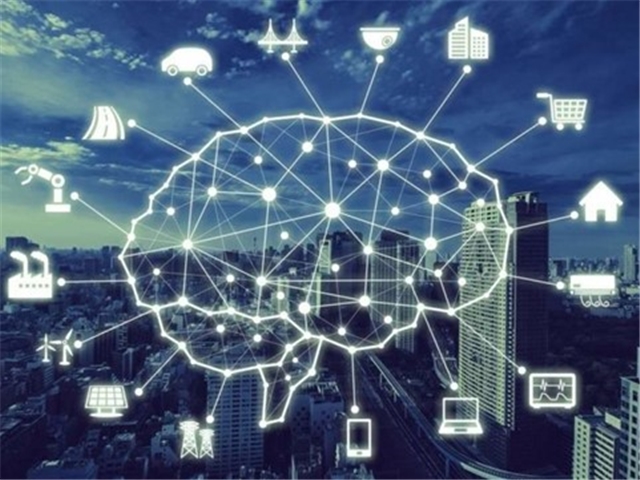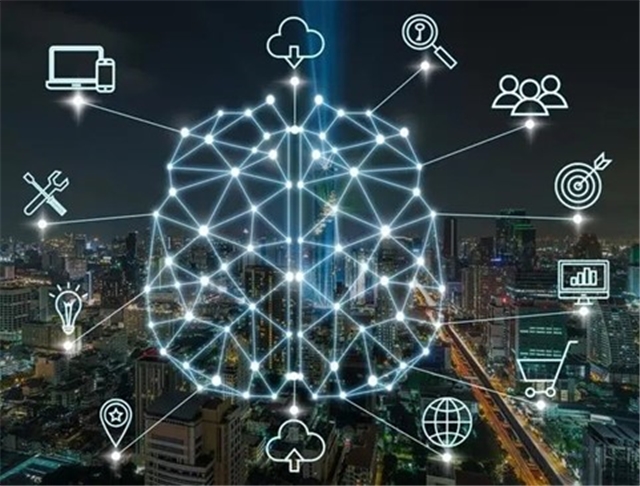The new discoveries about how the brain acts give us new understanding on how the urban environment functions. Brain City surpasses —combining some of the advances of— Big Data, Artificial Intelligence (AI), Smart Cities, as well as the Metaverse and singularity theories and applications. It gives a new human understanding of the urban environment and how to conduct interventions of different nature in the city. The relevance of the city in this research is due to the primary focus on functional diversity. Functional diversity understands the metropolis as more human and dynamic.
Research on the brain and the city are both innovative and have been lately of high interest. The novelty is produced by new discoveries about the brain and new concepts like “dynamic intelligence”. These new urban systems of dynamic networks comply with liquid modernity and a different way to experience the city, for example through functional diversity. My purpose is to compare metaphorically —and with empirical data— the brain and the modern city, to understand them better, find their common problems, and to generate and propose alternative solutions.
The research on Brain City defines nodes, connections, and networks, explaining how networks can change in dynamic ways. In my opinion this concept of change, movement, and multiple networks is governed by the dynamic networks. The concept of dynamic intelligence, introduced by studies of the brain, is a more realistic, humanistic idea to set against the preconceptions we now have, of how cities function. My research justifies the dynamic nature of Brain City by looking at the city and then at the brain. In the same way, functional diversity represents a challenge to how cities are understood, providing us with a more humanistic and realistic understanding of the people who live in them. From my point of view, the concept of “dynamic networks” explains how the brain works, how consciousness is formed—and provides a new understanding of the city as well, and a new set of ideas of how to respond to its diversity and complexity, its changes, and emergencies. Functional Diversity focuses our interest on the urban, and the city becomes the center of this research.
Brain City, on the other hand, set as way to see the city as human and dynamic, defines the stability of nodes, their intensity of connections, density of networks, and diversity of types. The Brain City is a new concept that improves on the notion of smart cities and makes cities more livable, human, creative, and happier for the population. The Brain City concept and theory is a successor to the idea of the networked city, going beyond big data, AI, smart cities, and metaverse models of analysis. The novelty is that the Brain City is a hybrid and diverse city. Networks can change, combine in a hybrid way with other networks, and be flexible and adaptable in response to preexisting conditions. It becomes diverse, as no two networks are the same, although they may be located in the same place.
In this research, I look at several cities, especially the Metropolitan areas of Barcelona, London, New York and Paris. This thesis takes four sites/strategies of each of the four metropolis that relate functional diversity to the city. Functional diversity is a different way to experience and organize the city. First, I look at local entities from a urban block perspective. Then this research looks at the neighborhood and smaller city areas, then at the metropolis and how peri-urban relates to it. This is compared with the body’s nervous system. Then I look at the city as having a relationship with these several metropolises and how it is governed by globalization principles. This is compared with the interaction of several brains via the image of several jewelfish swimming, or a honeycomb. The brain provides us with a new concept of dynamic intelligence and a new way to look at different and diverse aspects of the city. In this research of Brain City new data related to these four systems and their relations are considered.
NYC defines globalization and how it relates to other metropolis. This relation of different global metropolis is produced by infrastructure. The brain in this research declares the infrastructure as dynamic networks. Functional diversity sets infrastructure has a human perspective. New York is the center of globalization, in terms of culturally, economically, and political. We study its relationship with other metropolis, and how globally functional diversity influences New York. The functional diversity of High Line in New York represents this humanizing globalization. It is a dynamic project caused by the globalization. Is human because makes New York better for functional diversity people.









